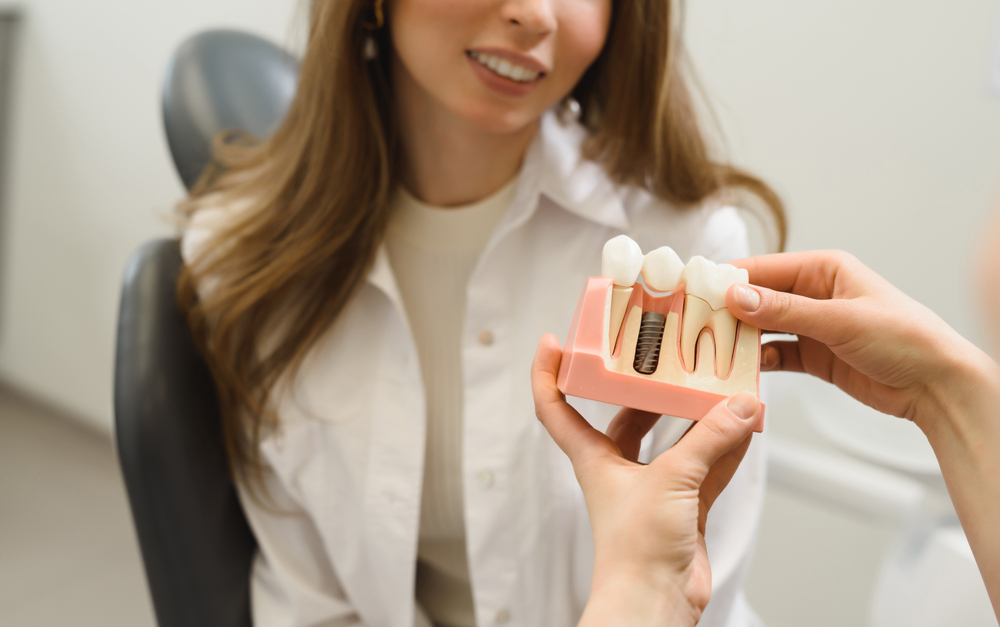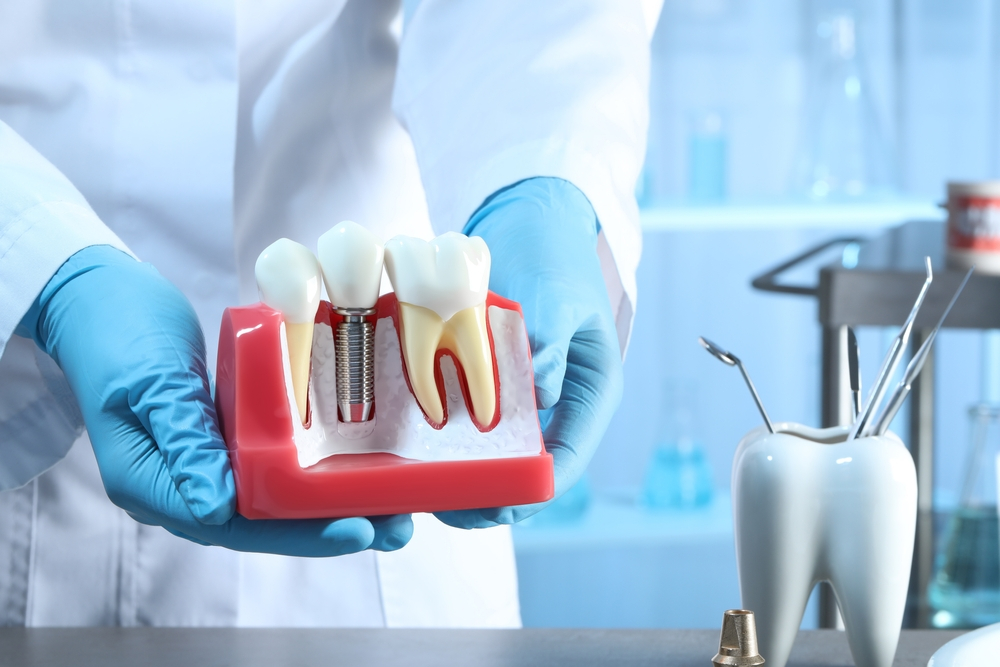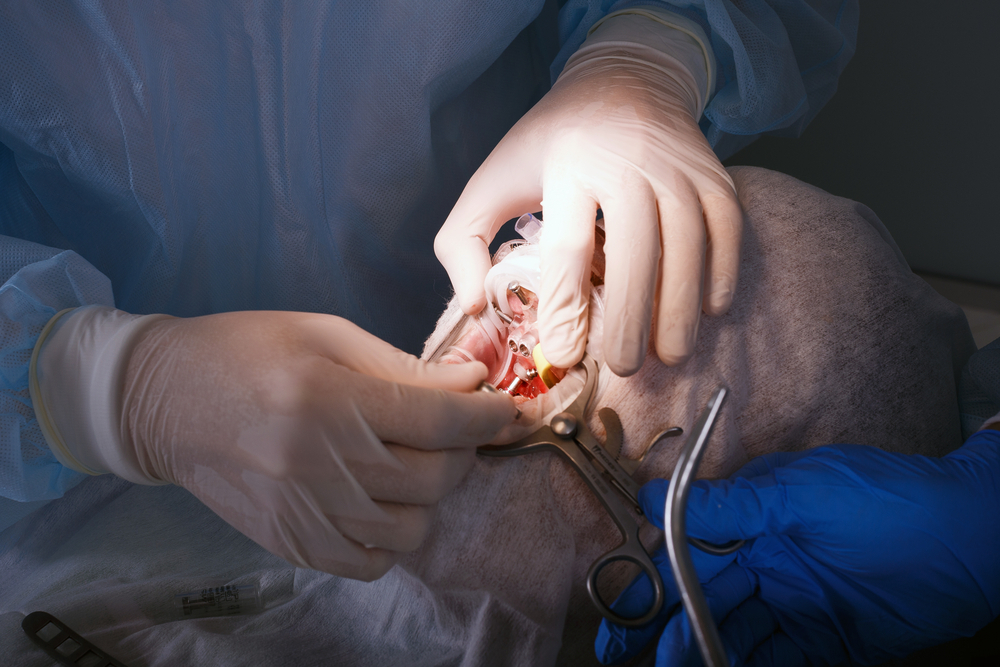
If you’ve ever gotten a tooth pulled or any other dental procedure done, you know it’s not a fun experience. A dental implant might be a good option for replacing missing teeth. It may be much faster than fixing your teeth when adequately performed. However, you might need a bone graft procedure before getting dental implants. This is not to say that having dental implants is impossible. But it could be why you need to have a bone graft before getting implants. Many dentists recommend having a bone graft before dental implants or other work for several reasons.
In this article, you will learn why You Might Need A Bone Graft Before Getting Dental Implants Or Other Work.
What Is A Bone Graft?
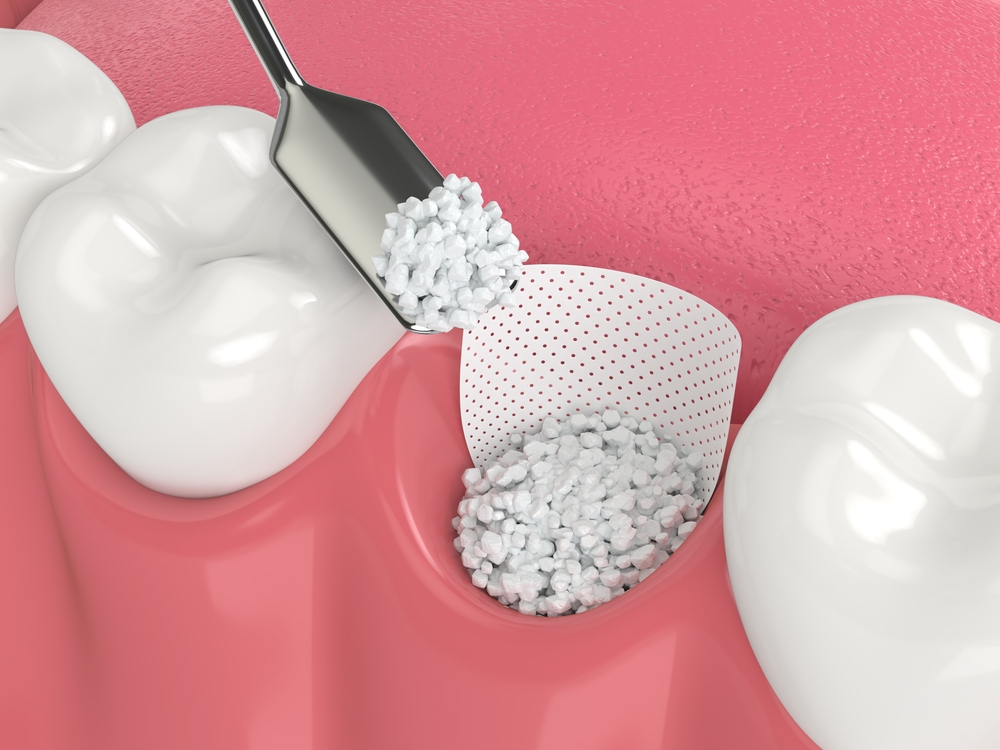
Suppose you’re considering dental implants or any other type of dental work that involves placing metal posts or screws in your jawbone. In that case, you may need to have a bone graft first. Here’s what you need to know about this standard procedure.
A bone graft is a surgical procedure that helps improve the quality of your bones. This ordinary procedure can help to enhance the success of your implant surgery. A bone graft is a surgical procedure in which new bone material is transplanted to an area with bone loss. The new bone helps to support dental implants and can also improve the appearance of your smile.
The Types Of Bone Grafts Available
If you’re considering dental implants, one of the things your dentist will need to assess is the health of your jawbone. You may need a bone graft if your jawbone isn’t strong enough to support an implant. Several types of bone grafts are available, each with advantages and disadvantages. The type of bone graft you need will depend on your condition’s severity and the damage’s extent. These types include:
Autograft: The most typical type of bone graft is an autograft, which uses bone from your own body. The advantage of an autograft is that there is no risk of rejection or infection. The disadvantage is that it requires a second surgical site to harvest the bone, which can add to the overall cost and recovery time.
Allografts: Another type of bone graft is an allograft, which uses bone from a donor. The advantage of an allograft is that it can be completed in a single surgery. The disadvantage is that there is a small risk of rejection or infection.
Xenograft: The third type of bone graft is a xenograft, which uses animal bone. The advantage of a xenograft is that it does not require a second surgical site. The disadvantage is that there is also a risk of rejection or infection, and it is limited in its ability to heal significant defects unassisted.
Alloplast: Yet another type that uses synthetic materials in your mouth as a bone graft to replace the lost bone. The advantage of an alloplastic bone graft is that it also needs only a single surgery, and there’s no risk of rejection or infection. The disadvantage is that it does not stimulate your body’s cells to form bone and is also limited in its ability to heal extensive defects.
Bone grafting is a safe and effective way to strengthen your jawbone. Talk to your dentist about whether a bone graft might be right for you.
Why Might You Need A Bone Graft Before Getting Dental Implants Or Other Work?
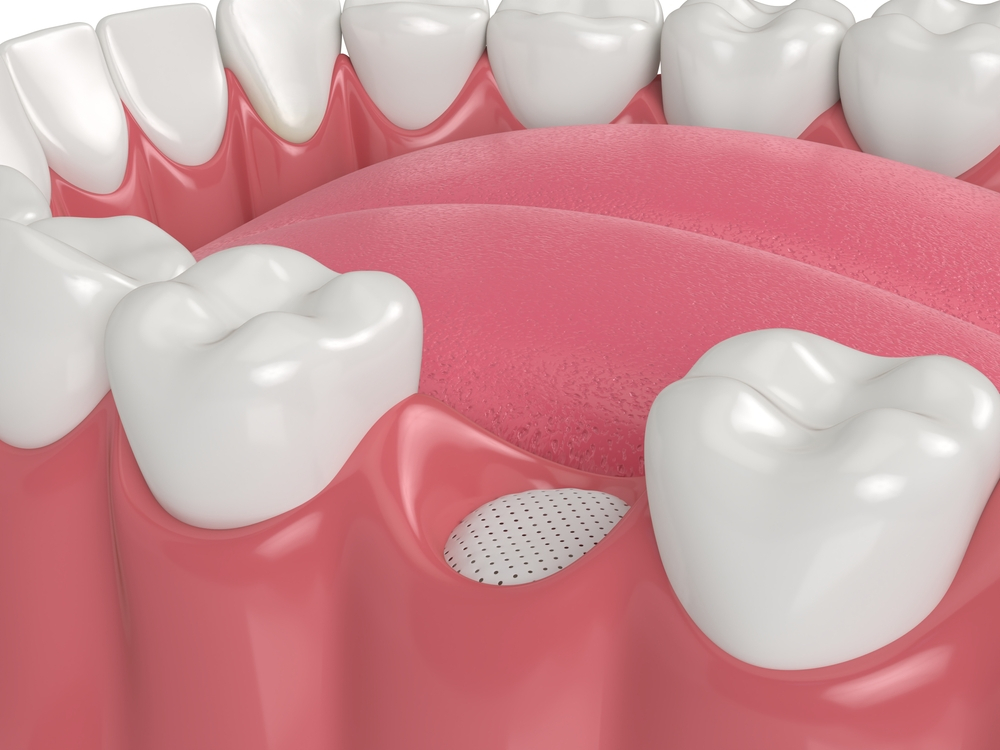
If you’re considering dental implants or other dental work, you may wonder if you need a bone graft first. Dental implants are a great way to replace missing teeth, but sometimes you may need a bone graft before getting them. A bone graft is a surgical procedure that can help improve your jawbone’s health and strengthen it to support dental implants. There are several reasons why you might need a bone graft, including:
• If you have lost a tooth, your jawbone will deteriorate over time. A bone graft can help to prevent this from happening.
• If you have had an injury to your jaw, a bone graft can help to repair the damage.
• If you are getting dental implants, a bone graft can help to give them a solid foundation.
Bone grafts can also build up the bones in your jaw if you are born with the condition that causes them to be underdeveloped.
In either case, A bone graft is a safe and effective way to improve your jawbone’s health and ensure that it is strong enough for dental implants or other dental work. If you are considering getting dental implants, talk to your dentist about whether or not you need a bone graft first.
Recovery And Risks Associated With Bone Grafting
While your mouth naturally contains a lot of bone, sometimes there isn’t enough to support dental implants or other dental work. A bone graft can help provide the necessary support. Fortunately, the recovery process for a bone graft is straightforward.
You may experience some swelling and discomfort for a few days after the procedure, but this can be managed with pain medication. Most people can return to their normal activities within a week or so.
Some risks are associated with bone grafting, as with any surgery, but they are generally infrequent.
The most common complication is an infection, which can usually be treated with antibiotics. There is also a small risk of damage to the nerves or blood vessels in the area where the graft was done.
Overall, bone grafting is a safe and effective way to improve the chances of success for dental implants and other dental work. If you’re considering either of these procedures, talk to your dentist about whether you need a bone graft first.

